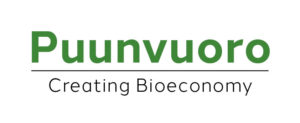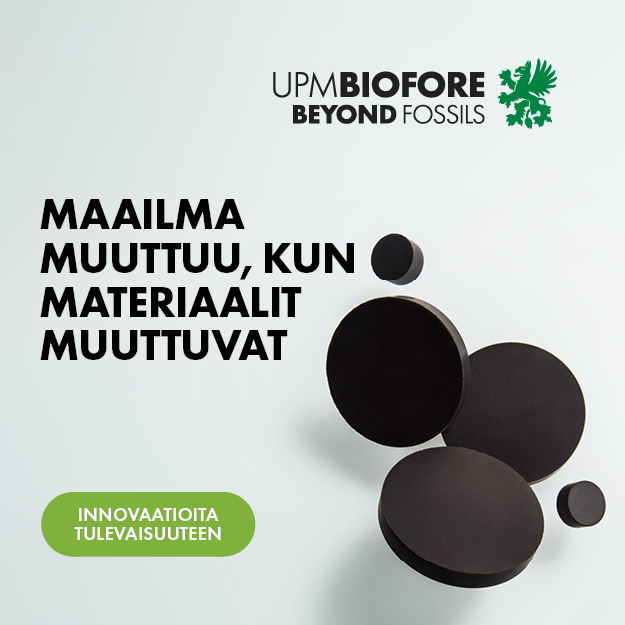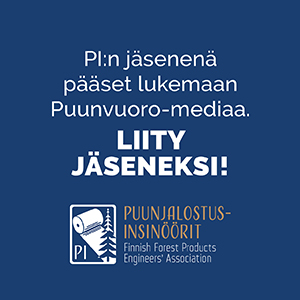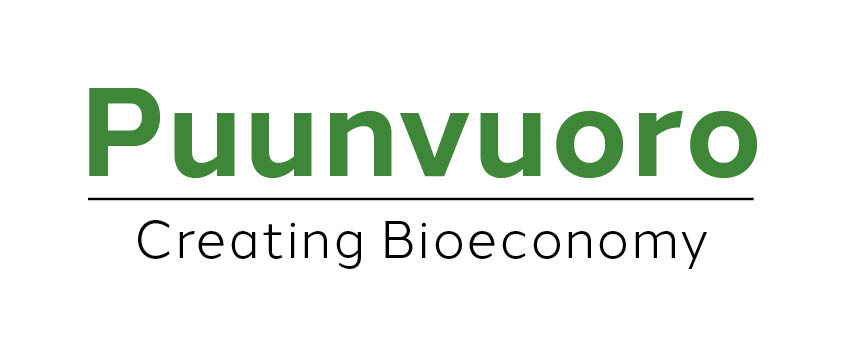“Never before during the 25-year history of our organisation have there been so many legislative proposals with a direct impact on our industry under consideration at the same time,” says Jori Ringman, Deputy Director General of the Confederation of European Paper Industries (CEPI).
The organisation aims to influence the content of all legal provisions applicable to energy, the climate and the circular economy in such a way that they support the industry. The starting point is not easy. According to Ringman, Europe still fails to understand the bioeconomy and forests.
The majority of Europeans think of the bioeconomy as something suspicious and anti-environmental. The first-generation biofuels blackened the reputation of nearly everything beginning with ‘bio’.
Although food-based biofuels have nothing do with the paper industry, Ringman thinks the industry should have been more alert and started talking about the diversity of the bioeconomy much sooner than it did. Yet he does not view the situation as hopeless.
“The syllabus of nearly every third grader in Europe includes photosynthesis. This is when young people learn why the bioeconomy is an excellent and sustainable solution. But the link between photosynthesis and the bioeconomy is not made clear and, in any case, what is learned is forgotten by the time people reach adulthood.”
Ringman is surprised by the fact that, during this age of bid data, the forest sector lacks strong and reliable consensus data on the growth of forests and sustainable forestry. Instead, the data is deficient and at the very least questioned by politicians. Finland is an exception, of course.
“But even Finland’s forest image has turned against itself. Rather than being seen as forest experts, Finns are viewed as a disqualified party, driving their own interests. The most famous example of this is the LULUCF Regulation.”
Ringman points out that while compromises are the foundation of all EU regulation, the polarisation on this issue is immense. The regulation was supposed to define a policy for the sustainable management and growth of forests, but instead deteriorated into a dispute over bookkeeping issues.
The same threat now looms over other legislative proposals as well. Ringman and his colleagues are trying to make decision-makers appreciate the diverse possibilities offered by forests – how each cubic metre of wood is used multiple times and, moreover, in the end, as energy.
“Everyone involved in the debate should now learn from this experience. The sector must communicate its news on time and also to the general public.”
Ringman chairs the Two Sides initiative, which aims to replace myths about the bioeconomy with facts, such as the one that the world has 420 trees for every inhabitant and that European forests are growing at a rate equal to 1,500 football fields a day. Or the fact that cellulose is the world’s most common raw material, produced at a rate equal to two Eiffel Towers every five seconds.
Supported by wise investments
Another factor increasing the uncertainty is Brexit, which twisted the future trade relations between the UK and the EU countries into a question mark.
At the moment, companies do not know the terms according to which they can export paper to the UK or import collected paper into the EU in the years to come. Brexit will erode the resources of the political machinery for years and is bound to have an effect on the routines of a sector dependent on economic cycles.
“Luckily, industry operators have been making sound investment decisions over the past few years, and keep on doing so,” says Ringman.
Paper and pulp companies are investing four billion euros a year in Europe, more than any other industry.
Ringman reminds us that the industry’s internal transformation is nevertheless still a work in progress. Finnish companies were the first in Europe to go through the difficult restructuring programme. Yet the fact still remains that the EU’s environmental norms and the increase in energy costs will prove fateful for many a European production facility.
In spite of all this, Ringman considers the future outlook for the Finnish and the European bioeconomy good. Every global trend points to the same direction: a bioeconomy modelled after the circular economy is the only way to go for Europe.
“Seventy-five per cent of the raw materials and refined goods used in the EU countries are imported. This can’t go on.”
A shrinking Europe does not have the muscle to battle over resources with other continents. On the other hand, 84 per cent of the paper and pulp industry’s raw materials originate within an EU country or its internal market. Contrary to other industrial sectors, the paper and pulp industry has supply routes that have been tried and tested and proved sustainable over centuries.
Above all, the brains behind the bioeconomy are in Europe. Technological competence of this kind cannot be found anywhere else in the world. The industry’s attraction in the eyes of young people is also better than that of many other industrial sectors.
“If Europe fails to get the bioeconomy going, so will the rest of the world,” says Ringman.
CEPI
• The Confederation of European Paper Industries, with 18 national members
• Nearly 500 companies, 900 production facilities
• The combined net sales of members amount to €81 billion a year
• The industry employs more than 175,000 Europeans
• Activities: in addition to direct representation, a lot of proactive work within the industry and the value chain.
Text by Heli Satuli
Photo by Juha Roininen



